Can Vortex Flow Meter Work Under Extreme Weath?
2025-06-11
Can Vortex Flow Meter Work Under Extreme Weath?
-
Working Principle
Vortex flowmeters utilize the "Kármán vortex street" principle, where fluid flowing past an obstruction generates alternating vortices. The frequency of these vortices correlates with flow velocity, enabling flow rate calculation.
-
High-Temperature Challenges
- Sensor Limits: Ordinary sensors handle temperatures ≤200°C; exceeding this may cause signal drift and damage. High temperatures also accelerate aging of electronic components.
- Mechanical Deformation: Thermal expansion can alter dimensions, affecting accuracy, while sealing materials may fail, increasing leakage risks.
- Medium Property Changes: Reduced density in hot gases can weaken vortex signals, leading to inaccurate measurements.
-
High-Temperature Probe Technologies
- High-Temperature Sensors: Models like the LUGB series can withstand up to 400°C using specialized materials.
- Modular Design: Separating sensors from electronics helps protect sensitive components from heat.
- Material Optimizations: Using corrosion-resistant alloys and metal seals enhances durability.
- Temperature Compensation: Built-in sensors correct errors caused by thermal changes.
-
Applications and Selection
High-temperature vortex flowmeters are used in:
- Superheated steam measurement (300-400°C)
- Thermal oil monitoring in petrochemicals
- High-temperature gas measurement
Selection Tips:
- Specify media temperature and choose appropriate ratings.
- Opt for modular designs to protect electronics.
- Consider thermal expansion during installation.
.png)
share:
Pre:What's Advantages of Vortex Flow Meter to Measure Air?
Next:Back To List



.jpg)
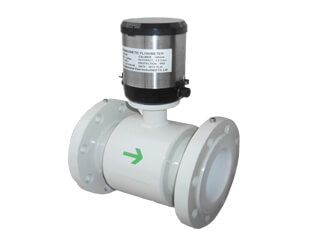
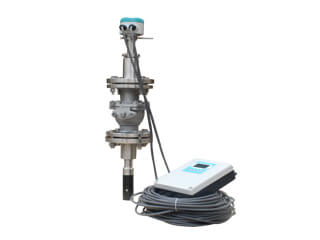
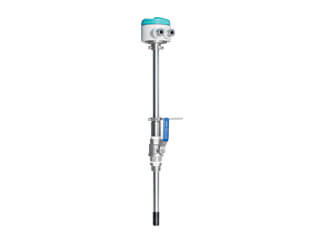
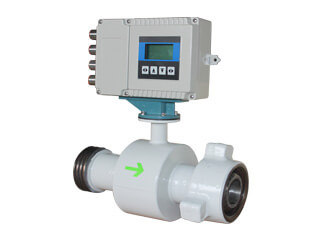
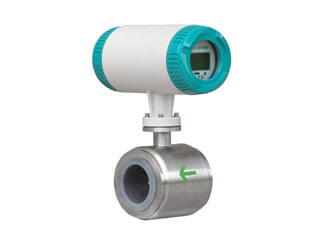

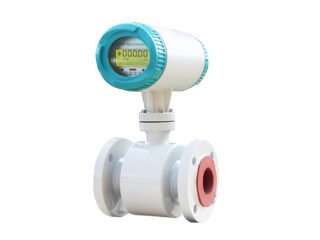
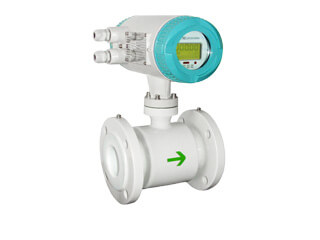
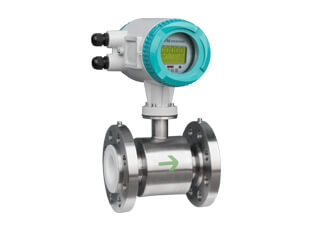
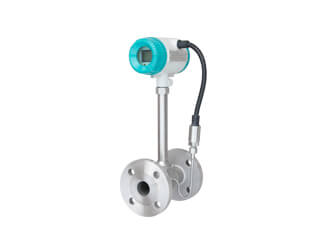
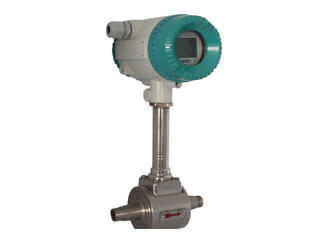
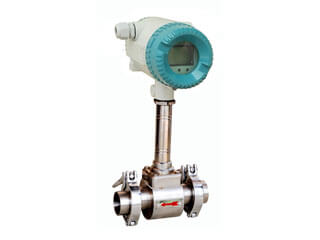
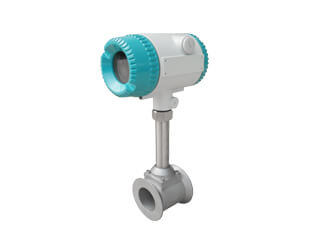
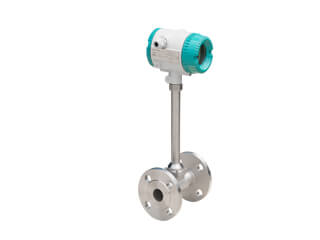
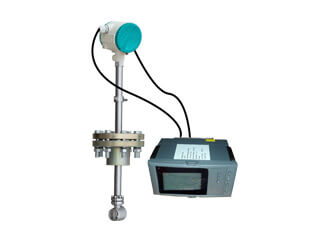
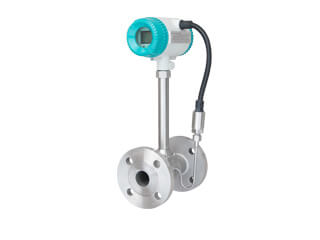
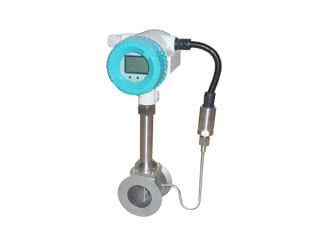
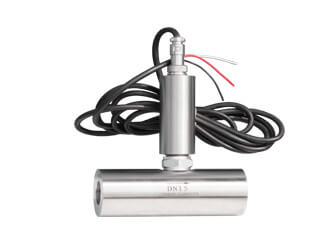
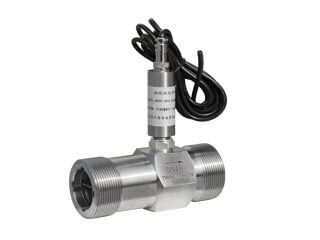
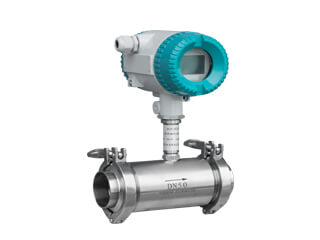
.jpg)
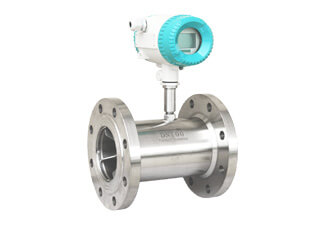
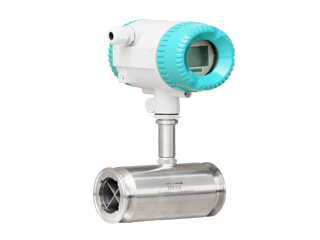
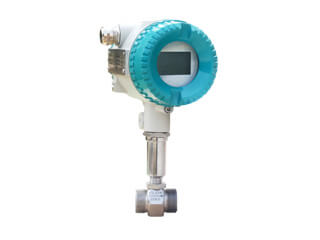
.jpg)
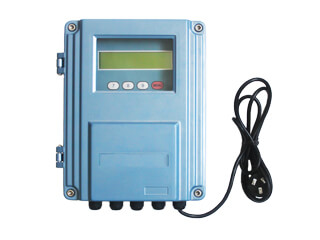
.jpg)
.jpg)
.jpg)
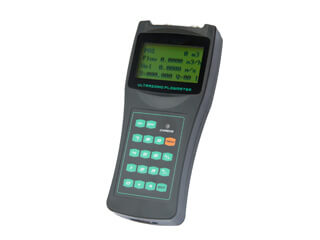
.jpg)
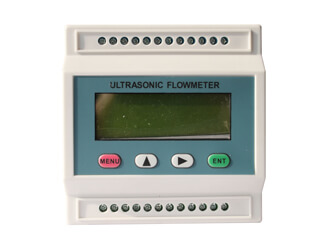
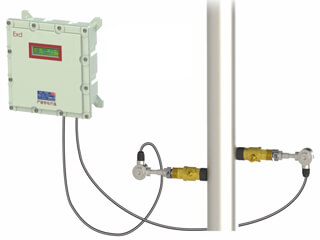
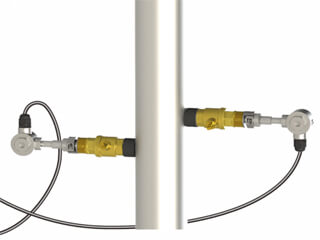
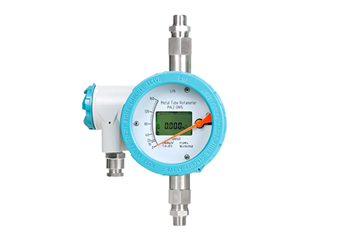
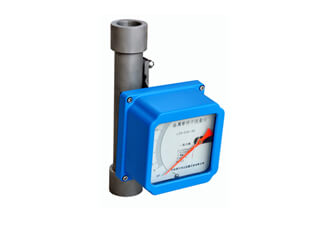
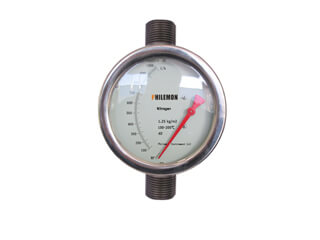
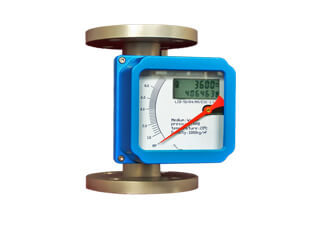
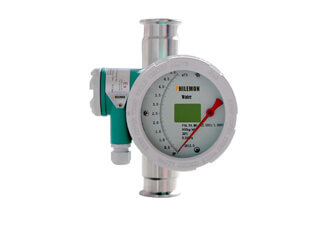
.jpg)
.jpg)

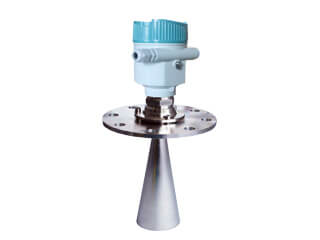
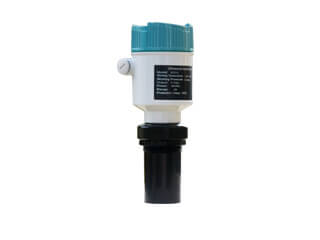
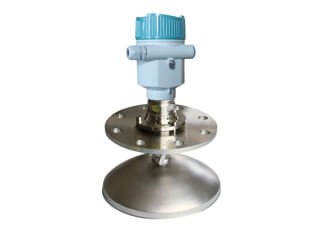
.jpg)
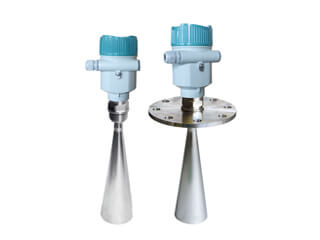
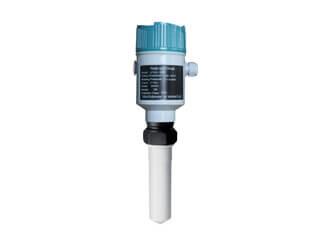
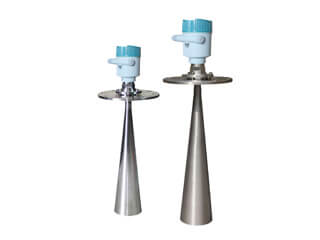
.jpg)
.jpg)
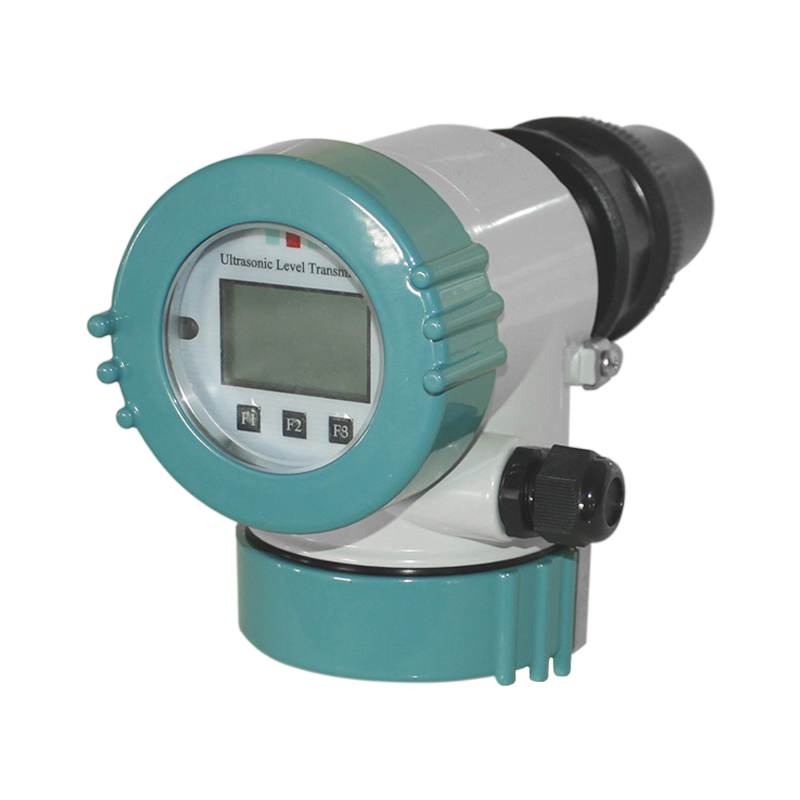
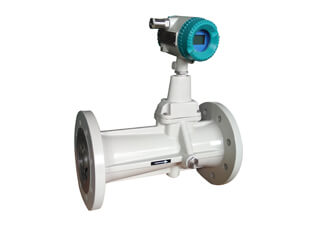
.jpg)
.png)
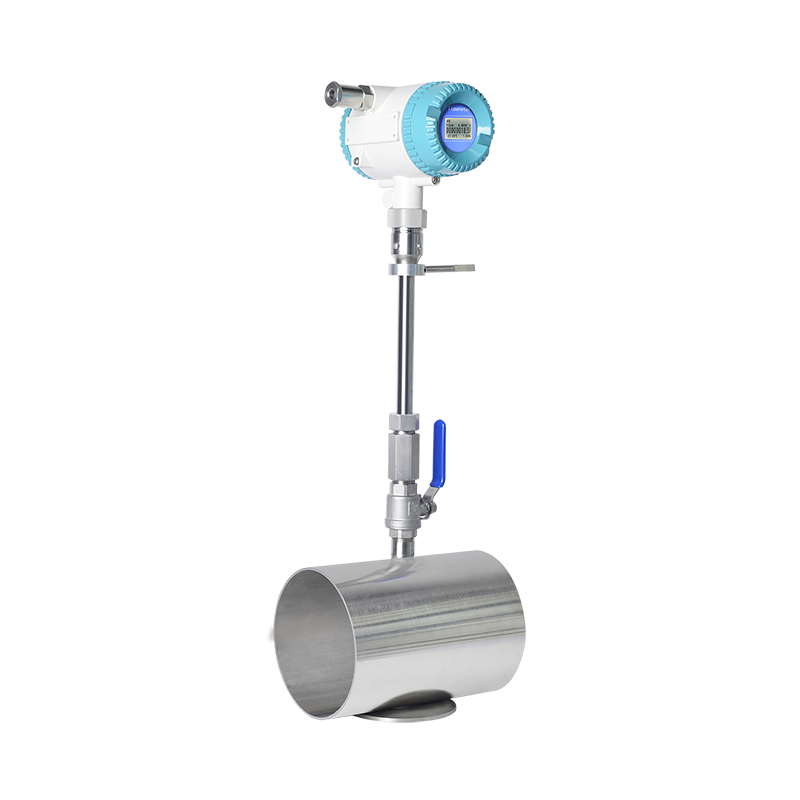
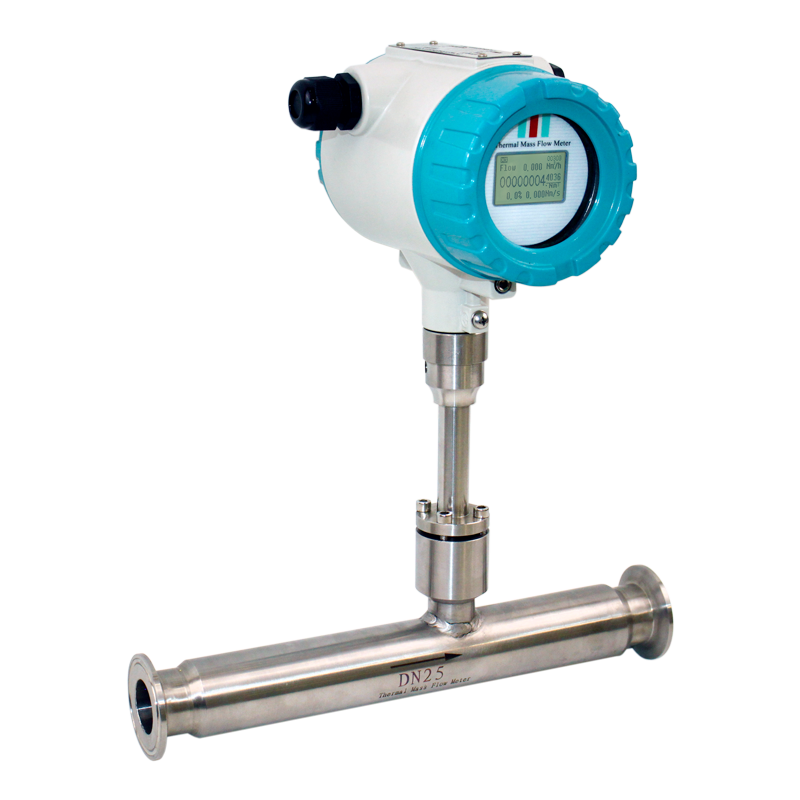
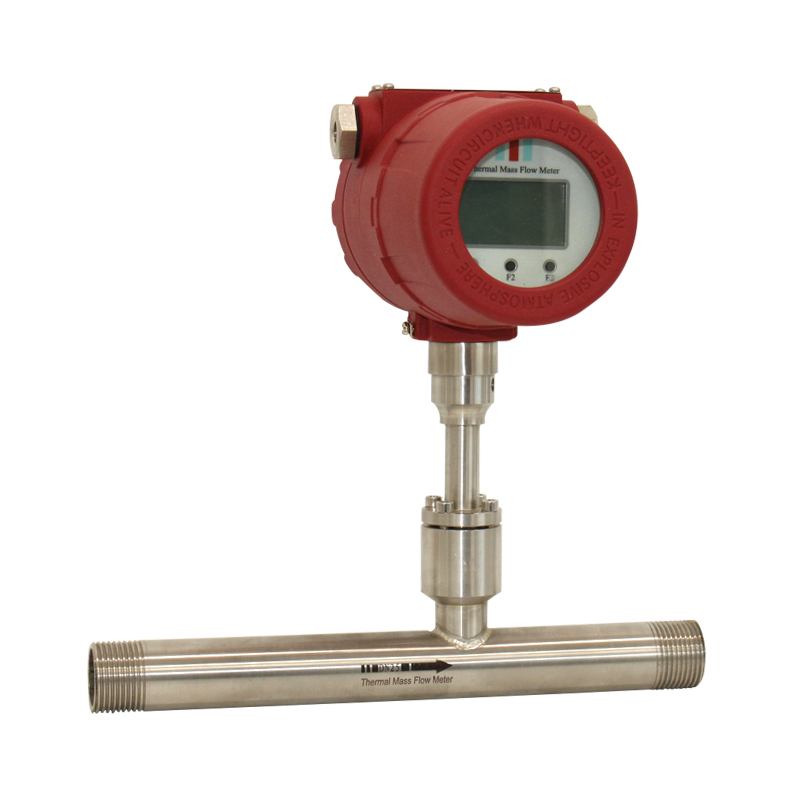
.jpg)
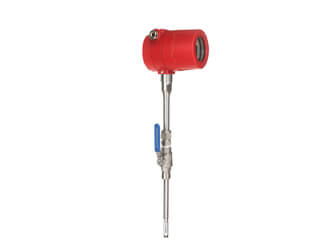
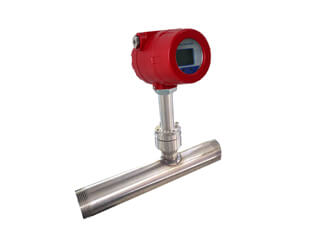
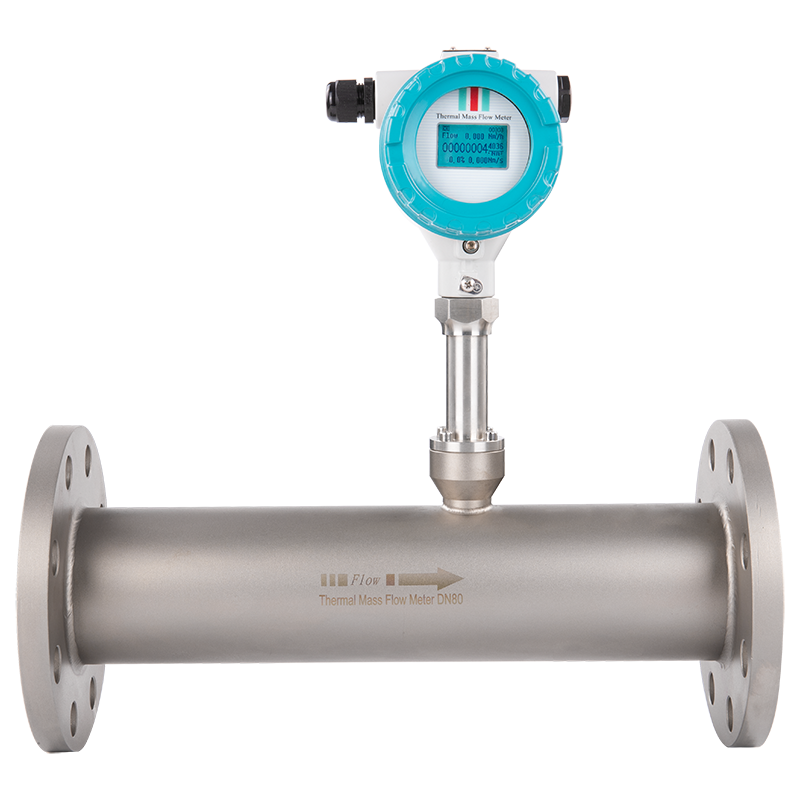
.png)
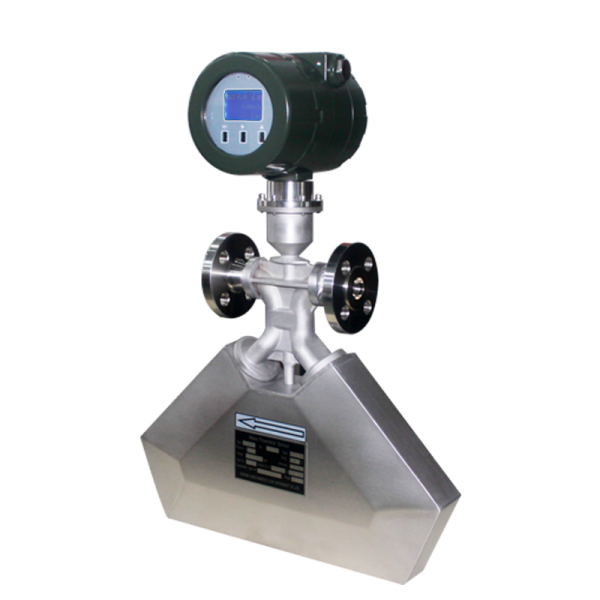
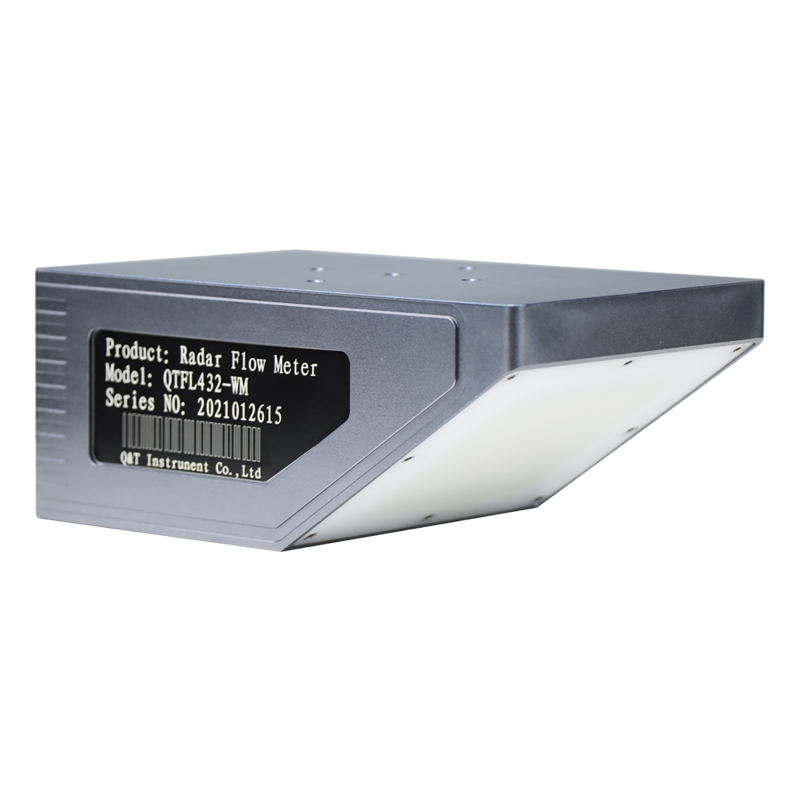
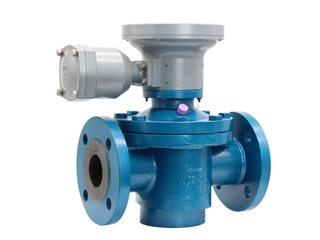
.png)